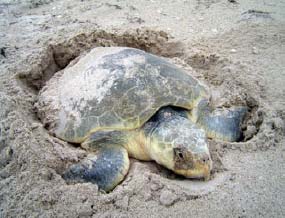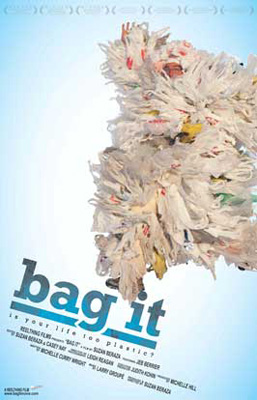 Yesterday was the grand public premiere of STRP’s documentary, The Heartbreak Turtle Today, in Sausalito, CA. The film is about the recovery of Kemp’s ridley sea turtles in the Gulf, and the threats to their survival. Before the film my supervisor gave a presentation about the work he had conducted last summer dealing with the BP oil spill aftermath. We had a decent turn out, a few people bought DVDs, and all of them signed the petition we had out to “hold BP accountable for the disaster in the Gulf.”
Yesterday was the grand public premiere of STRP’s documentary, The Heartbreak Turtle Today, in Sausalito, CA. The film is about the recovery of Kemp’s ridley sea turtles in the Gulf, and the threats to their survival. Before the film my supervisor gave a presentation about the work he had conducted last summer dealing with the BP oil spill aftermath. We had a decent turn out, a few people bought DVDs, and all of them signed the petition we had out to “hold BP accountable for the disaster in the Gulf.”The Kemp’s ridleys (Lepidochelys kempii)are the most critically endangered of all sea turtle species. Decades ago they were nicknamed the Heartbreak turtle by fishermen who would say these turtles “died of a broken heart” when they were turned on their backs. Because fishermen were (are?) cruel, cruel beings who watch sea turtles suffer as they are flipped on their backs and struggle to get away.
Before the event had even began, the other intern and I were setting up a table of STRP information and merchandise and I came across a pile of old Viva La Tortuga (STRP) newsletters from 2007. Inside was a full page article that read, “Protections in Gulf Waters Lead to Record Kemps Ridley Nestings.” Oh the irony.
Over 10 years ago STRP had convinced then-Texas Governor George W. Bush to close state waters to shrimping from December to May—critical nesting period for Kemp’s ridleys. In the six years before this closure, only 60 nests were laid in total on Texas beaches. In the six years after this closure, there were four times as many nests. A great improvement, but ultimately shrimpers still kill hundreds and hundreds of turtles each year.
More and more turtles have been washing up on Gulf coast beaches. Dead. From oil-related reasons most likely, because the shrimping season is only about to begin.

Despite all this, offshore oil drilling continues…
Kemp’s ridley Profile
Appearance: The smallest of all sea turtle species, they only get to be about two feet long, and weigh up to 100 lbs. Hatchlings are black, but adults tend to be gray-green or dark gray with a cream colored underside.

Location: The only Kemp’s ridley nesting beaches are found on the coasts of Mexico and Texas. Primarily they inhabit the Gulf of Mexico in Louisiana waters, but can sometimes be found along the Eastern U.S. coast.
Food: They eat mollusks, crustaceans, jellyfish, algae and seaweed. Crab and shrimp are favorites.
Reproduction: During the daytime, large groups of nesting females emerge from the ocean nearly simultaneously, an event called an arribada. In the 1940s, thousands of Kemp’s ridleys could be seen at once on the same beach. Unfortunately, because of the serious threats they face, only one percent of hatchlings grow to sexual maturity of about 10 years old.
Threats: Shrimp trawls are #1—in 2009 NMFS estimates that over 4000 Kemp's ridleys were killed from interactions with shrimping activities. Poaching is the second big one. Because they nest together in large numbers during the daytime, it is easy for poachers to take the eggs they are laying right from under them. Boat collisions are another threat, and so is ingestion of/entanglement in marine debris. Oh, and last but not least OIL is another big killer. Thanks a lot BP! Also thanks for burning hundreds of sea turtles alive, you jerks.
Visit STRP's website to find more information about Kemp's ridley sea turtles and The Heartbreak Turtle Today!!!!






